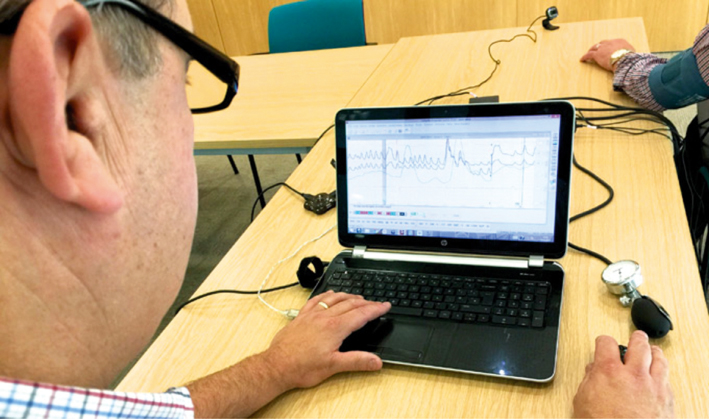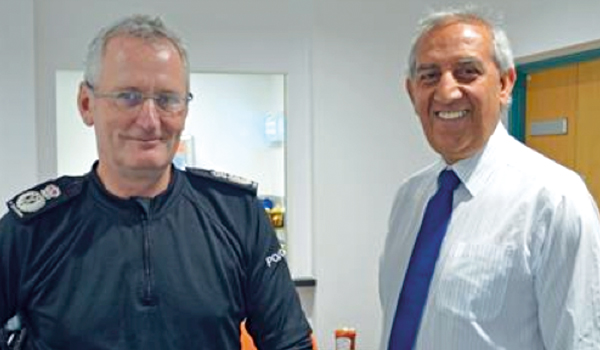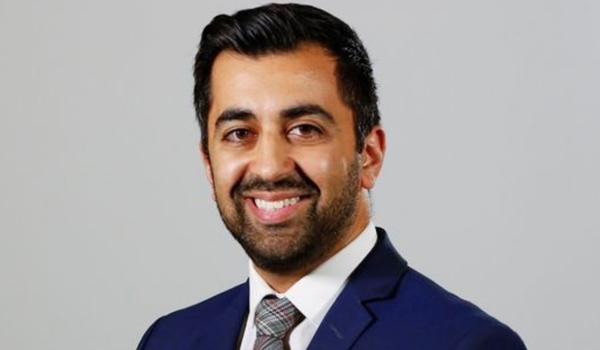Finding clues on the social web
A recent Accenture digital citizen pulse survey on policing found that citizens believe police forces still rely a lot on traditional media sources television news, newspapers and radio.

A recent Accenture digital citizen pulse survey on policing found that citizens believe police forces still rely a lot on traditional media sources television news, newspapers and radio.
Of the those polled, though, 72 per cent believe social media can aid in investigations and prosecution, 53 per cent believe it can improve police services and 47 per cent see it as a tool for preventing crime.
And in its latest Intelligence Quarterly, SAS, the business analytics and business intelligence software specialist, says citizens are not the only ones who believe social media is a valuable tool for law enforcement:
In the European Commissions Composite Project report, police officers said that they often find information on social media that would have been difficult and time-consuming to find elsewhere. Sometimes the information may not even be available anywhere else.
The report is based on in-depth analysis, interviews and group discussions with IT experts and officers representing the police forces of 13 European countries.
SAS says the report highlights three best practices for using social media in policing:
Move beyond the special-teams approach and educate all officers in simple social media investigative methods;
Take your social strategy to the next level talk to citizens and give them a venue to talk back; and
Apply analytics to identify suspicious activity and incriminating information.
The commissions research found that many police forces are already using social media reactively, says SAS.
For instance, most forces routinely examine a sus- pects public social media activity for information that can be used in criminal investigations. This public information helps round out a subjects profile and fill holes in the investigation. For access to private information like messages, emails or IP (internet protocol) addresses police can often contact the social media provider, although when the provider is based in another country access may take more time.
Establishing a social presence can deliver significant benefits at low cost. For instance, its especially useful for pushing information during periods of crisis (when traditional IT systems often become overloaded).
It is also a good way to engage the public in investigations. And the IACP (International Association of Chiefs of Police) Centre for Social Media, a US organisation established to support forces in their adoption of social media, says its a great way to show citizens that police officers are people who love and support their communities.
However, SAS says there is a downside to monitoring social media: the vast majority of social media traffic is just noise. What forces need is a way to sift through the noise to uncover criminal activity and spot concerns in the community before they become problems this is where advanced analytics comes in:
Specialised text analytics uses natural language processing to understand meaning in multiple languages and decipher the text language that is rapidly evolving in social media communication;
Social media analytics highlights key topics and uncovers relationships between people, objects and locations of interest;
Social network analysis identifies the people involved, their human networks and the ringleaders;
Ontology management (defining and managing semantic terms for better categorisation) highlights commonalities and relationships between different words and terms, identifying common references from multiple sources; and
Sentiment analysis uncovers changing attitudes, highlighting positive, negative and neutral opinions that may indicate a move from words to action.
Its the powerful combination of these analytic technologies that lets intelligence professionals effectively use social media to get answers to key questions: Who said what? About what? Who are they influencing? And what might happen next? says SAS.
In the end, a combination of these three best practices can help improve police efficiency,




